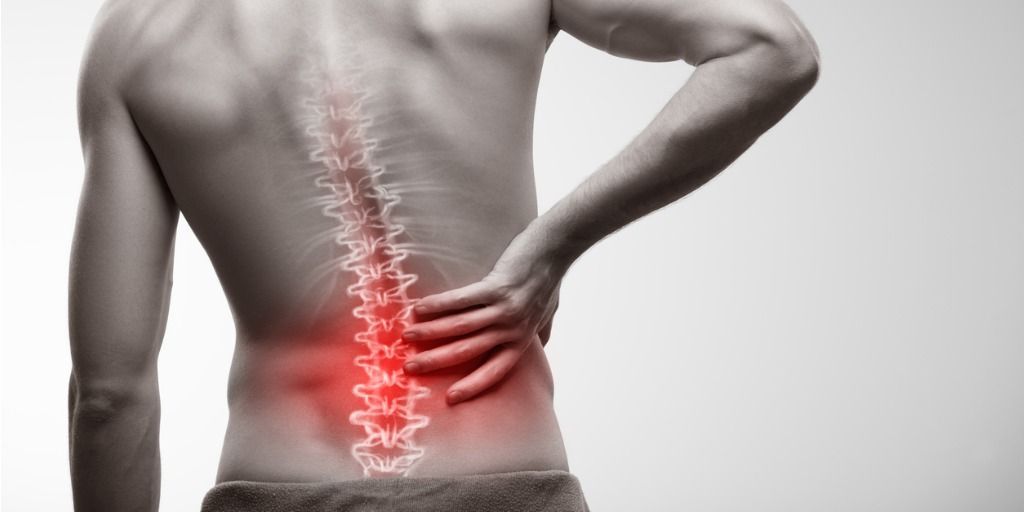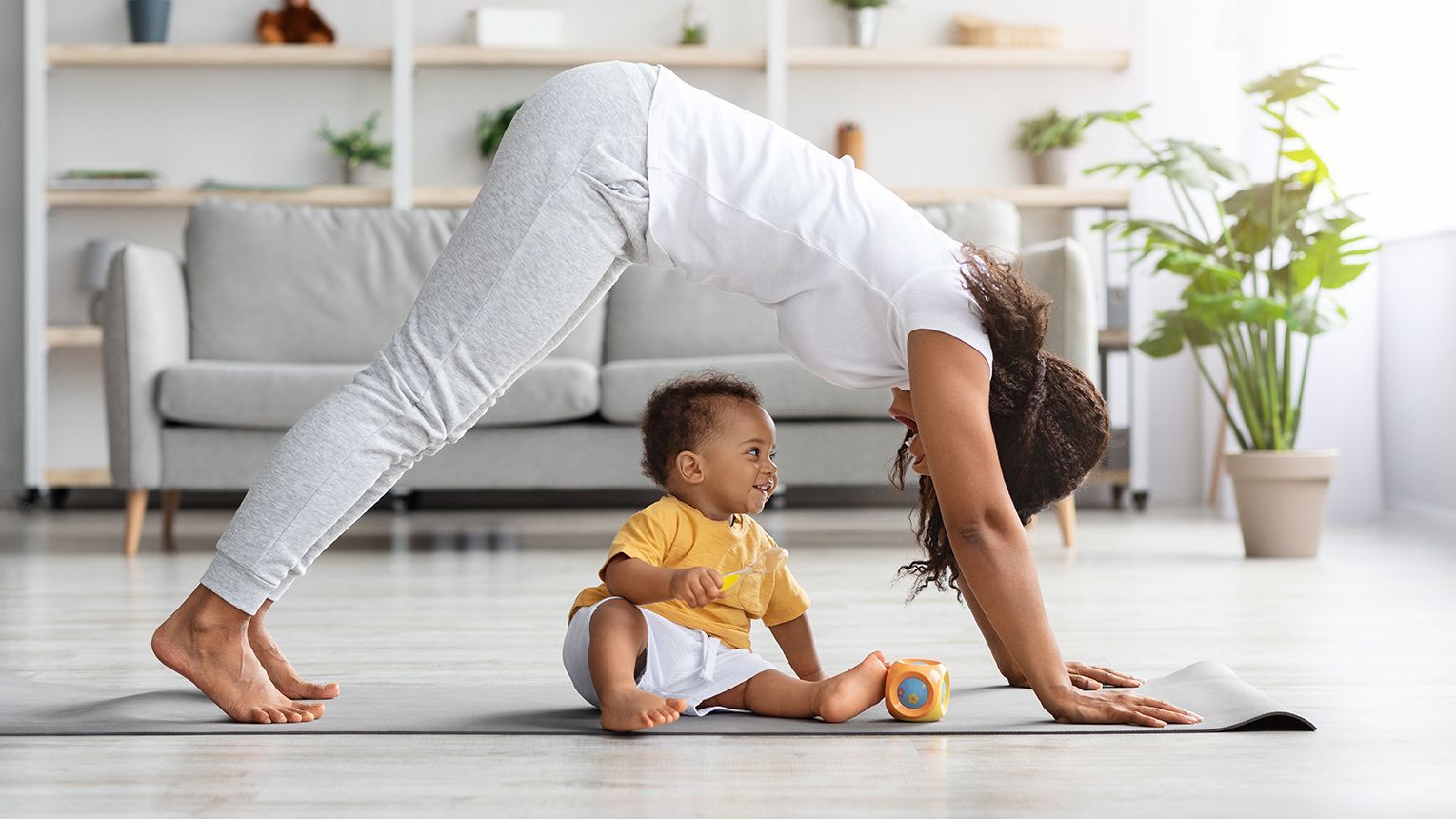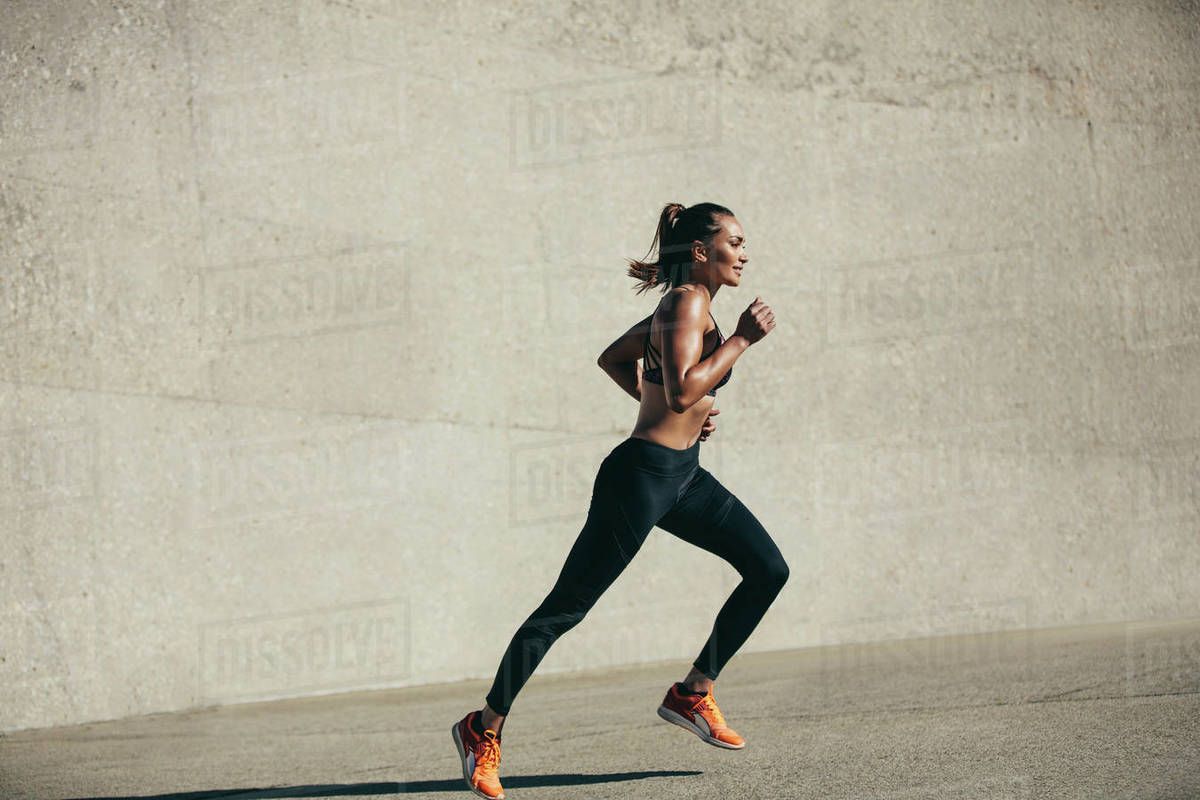Collagen and its role in Rehabilitation from an Injury
The recommendations for diet, exercise, supplementation, and our health are changing on a regular basis, with new research and scientific studies delving deeper than ever before into how to best sustain the health of the human body. An up-and-coming area of research, specifically for athletic populations and rehabilitation, is the use of Collagen supplementation to treat injuries to muscles, tendons, ligaments, cartilage, and connective tissues.
To start with, I will answer the question ‘What is Collagen?’
Collagen is an abundant protein within the human body, found in all connective tissues, the skin, muscles, and bones, and is often referred to as the scaffold or glue that provides strength and structure to these tissues. Collagen is comprised of amino acids, once ingested Collagen is broken down to its amino acid form, transported through the blood and to the tissues where the amino acids are used to synthesise new tissue and rebuild damaged tissues.
So, what does this mean for rehabilitation from an injury?
The evidence suggests that supplementation of Hydrolysed Collagen is useful in the treatment of all injuries to the connective tissues or cartilage, with most current research being conducted specifically with tendinous injuries. The most recent research suggests that when collagen is supplemented into the diet while recovering from an injury, collagen synthesis can be increased up to 20%, particularly when taken 1 hour prior to completing exercises (Lis and Baar, 2019), this has a positive impact on the body’s ability to heal, repair and build Collagen containing tissues. The consensus of the available research supports that Collagen supplementation could very likely reduce the time it takes to recover from an injury, which is an amazing concept!
Although the research demonstrates supplementation of Hydrolysed Collagen to have the most promising responses, it is possible to consume high amounts of good quality Collagen in our diets to also assist with the recovery process. The good news – Collagen is easily found in animal products, with the highest bioavailable amounts found in cartilage, bone marrow, tendons, and gristle. If you are the adventurous type, the best sources of Collagen are in chicken feet and pig skin, and marine collagen including fish skin, scales, and bones! If none of these foods sound appealing, the good news is that Collagen can be easily added into your diet through consuming bone broth and gelatin.
The only downside to dietary consumption of Collagen is that you cannot specifically measure and predict accurate dosages for yourself or others, however the health benefits of consuming Collagen rich foods in your diet still far exceed other types of supplementation when recovering from an injury. The only other factor to consider is that your Collagen needs to be consumed with Vitamin C as this is vital for Collagen Synthesis. The specific dosages for Vitamin C vary, however the RDI of 45mg/day combined with 15-25g of Hydrolysed Collagen or Gelatin seems to be a winning combination.
The information above is of course evidence-based and supported by the latest scientific research, however, each injury is different, and each patient should speak to their treating medial practitioner regarding what would benefit them the most with their recovery. If you are interested in knowing more on the topic, get in touch with the team at Absolute Balance through the website www.absolutebalance.com.au or email info@absolutebalance.com.au.

Alixe Marion (BSc – Exercise Physiology)
Workers Compensation Specialist
Senior Accredited Exercise Physiologist
References
Lis, D. and Baar, K., 2019. Effects of Different Vitamin C–Enriched Collagen Derivatives on Collagen Synthesis. International Journal of Sport Nutrition and Exercise Metabolism, 29(5), pp.526-531.




